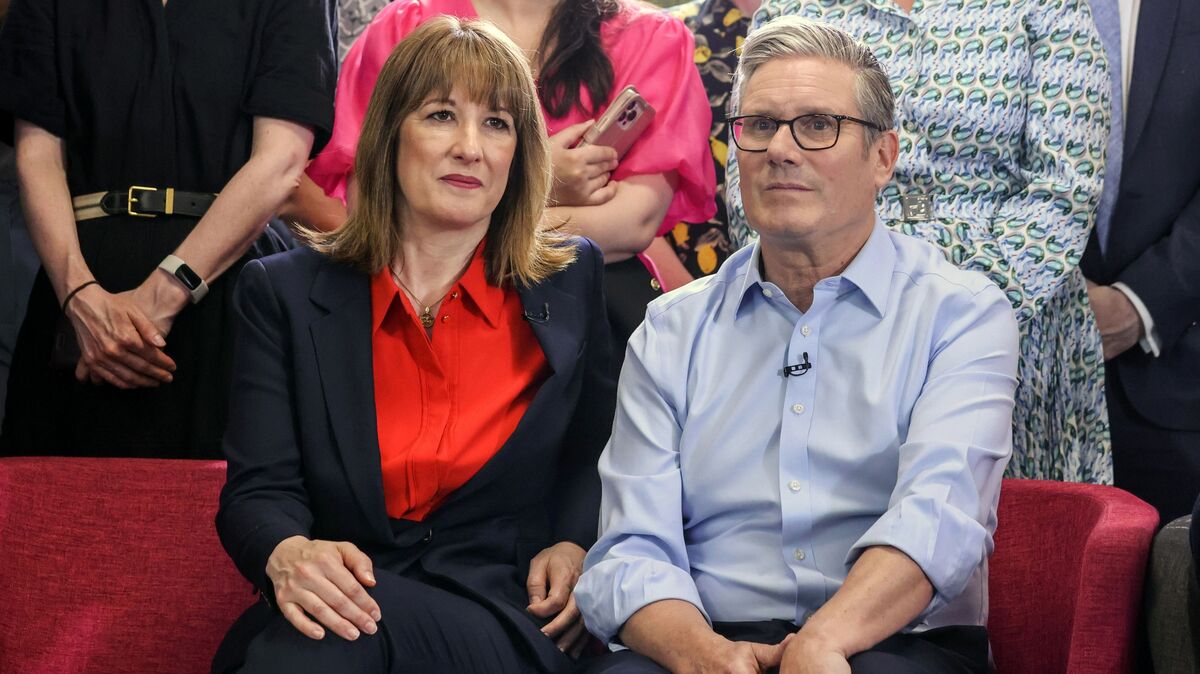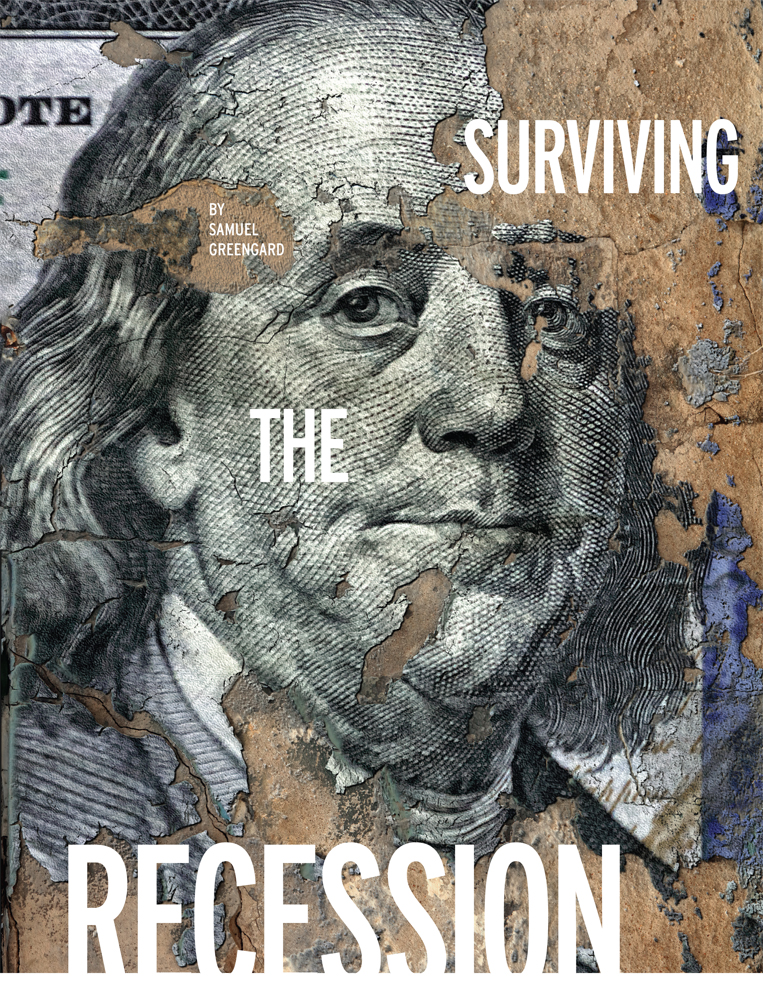Providing Young People with Information on Sexual Reproductive Health
Clearly, directly, and without restriction, health workers, educators, and researchers all around the world, particularly in resource-limited countries where sexual health remains a taboo subject, have the mission of providing young people with information on sexual reproductive health. Kenyan researcher Paul Macharia analyzed the potential of mobile technologies for resolving this problem and helping bring sexual health to Kenya’s young.
Doctoral Project at the UOC
Paul Macharia conducted his doctoral project at the UOC, titled “Leveraging mobile phone-based technologies to provide on-demand adolescent sexual reproductive health information in a resource-limited setting: Kibra, Nairobi County”. The project aimed to explore the potential of mobile technologies in providing sexual health information to young people in Kenya. The results of his work are available through open access.
Interdisciplinary Thesis
Macharia’s doctoral project was an interdisciplinary thesis conducted between the eHealth Center and the Faculty of Computer Science, Multimedia and Telecommunications at the UOC. After defending his thesis in December, Macharia received his PhD from the UOC’s Network and Information Technologies program. He was supervised by Antoni Pérez Navarro, a researcher in the ICSO group, and Carme Carrion Ribas, principal investigator at the eHealth Lab.
Importance of Knowledge, Skills, and Values in Sexual and Reproductive Health
Knowledge, skills, and values related to sexual and reproductive health are crucial for empowering adolescents and ensuring their health. These aspects strengthen the decision-making process, determine behavior, and help prevent sexually transmitted infections (STIs), adolescent pregnancies, and emotional impacts that may put their mental health at risk.
Sexual Education in Kibra and Kenya
In Kibra and Kenya as a whole, sexual education is primarily provided by parents, as there is limited information available in schools. Research shows that only around 15% of adolescents have access to this kind of information. The high number of HIV cases involving adolescents and young adults highlights the urgent need to provide sexual and reproductive health information to young people in Kenya.
Difficulties in Providing Information on Sexual and Reproductive Health
The main difficulties in providing information on sexual and reproductive health to young people in Kenya include cultural, religious, and social barriers. Additionally, there are legal and political challenges, such as restrictions on contraceptive information and services for adolescents under 18. Healthcare providers often play a surveillance role, imposing their own standards and values on adolescents seeking sexual and reproductive health services, which negatively impacts health outcomes.
Effectiveness of Mobile Phones in Providing Information
Mobile phones are an effective way of reaching adolescents and providing them with the information they need. Adolescents and young people use their phones to access the internet, social media, messaging, and voice calls. By offering sexual health information on mobile phones, the content can be personalized, available on demand, and provide increased confidentiality for users.
Providing Information via an App
Macharia’s study focused on providing information on sexual and reproductive health through an app. The study used a human-centered design (HCD) approach to establish the requirements for information and understand the preferred mobile technology for receiving on-demand information. Adolescents indicated a need for information on identifying STIs, sexual relations, abstinence, contraceptives, and drug use. They preferred unstructured supplementary service data (USSD) technology for interaction through short messages.
Usefulness of the App in Guiding Decision-Making
The research showed a significant statistical change in the understanding of sexual health among adolescent users of the app. This change may lead to improved decision-making, as users reported being able to identify STI symptoms more quickly. The hope is that this will encourage them to seek medical help and improve their health outcomes.
The Future of eHealth and Technology
eHealth and technology with a human-centered approach have the potential to change the future of medicine and health. User feedback and iterative improvements based on human-centered design can enhance usability and user experience. In resource-limited settings like Kenya, where there is a shortage of healthcare providers, eHealth procedures can improve access to quality healthcare services.
The Importance of Interdisciplinary Research
Combining fields such as information, technology, networks, and health is crucial for finding innovative ways to address healthcare challenges. The human-centered design approach involves a multidisciplinary team with diverse skills and experience, leading to the creation of procedures that have the potential to become the standard for medical care.
About UOC R&I
The UOC’s research and innovation (R&I) focus on studying interactions between technology and human & social sciences, with a specific focus on the network society, e-learning, and e-health. Over 500 researchers and 51 research groups work in the UOC’s seven faculties, its eLearning Research program, and its two research centers: the Internet Interdisciplinary Institute (IN3) and the eHealth Center (eHC). The UOC also develops online learning innovations at its eLearning Innovation Center (eLinC) and promotes community entrepreneurship and knowledge transfer through the Hubbik platform. Open knowledge and the goals of the United Nations 2030 Agenda for Sustainable Development serve as strategic pillars for the UOC’s teaching, research, and innovation.
SDGs, Targets, and Indicators Analysis
1. Which SDGs are addressed or connected to the issues highlighted in the article?
- SDG 3: Good Health and Well-being
- SDG 4: Quality Education
- SDG 5: Gender Equality
- SDG 10: Reduced Inequalities
- SDG 17: Partnerships for the Goals
The article discusses the importance of providing young people with information on sexual reproductive health, which is related to SDG 3. It also mentions the need for sexual education for young people in Kenya, highlighting the lack of access to information, which connects to SDG 4. The article further emphasizes the cultural, religious, and social barriers that hinder the provision of sexual and reproductive health information, addressing SDG 5 and SDG 10. Finally, the article highlights the potential of mobile technologies and the importance of partnerships in improving access to sexual health information, linking to SDG 17.
2. What specific targets under those SDGs can be identified based on the article’s content?
- Target 3.7: By 2030, ensure universal access to sexual and reproductive health-care services, including for family planning, information, and education.
- Target 4.7: By 2030, ensure that all learners acquire the knowledge and skills needed to promote sustainable development, including through education for sustainable development and sustainable lifestyles.
- Target 5.6: Ensure universal access to sexual and reproductive health and reproductive rights as agreed in accordance with the Programme of Action of the International Conference on Population and Development and the Beijing Platform for Action and the outcome documents of their review conferences.
- Target 10.3: Ensure equal opportunity and reduce inequalities of outcome, including by eliminating discriminatory laws, policies, and practices and promoting appropriate legislation, policies, and action in this regard.
- Target 17.17: Encourage and promote effective public, public-private, and civil society partnerships, building on the experience and resourcing strategies of partnerships.
Based on the article’s content, the identified targets are related to ensuring universal access to sexual and reproductive health-care services (Target 3.7), acquiring knowledge and skills for sustainable development through education (Target 4.7), ensuring universal access to sexual and reproductive health and reproductive rights (Target 5.6), reducing inequalities of outcome (Target 10.3), and promoting effective partnerships (Target 17.17).
3. Are there any indicators mentioned or implied in the article that can be used to measure progress towards the identified targets?
- Indicator 3.7.1: Proportion of women of reproductive age (aged 15-49 years) who have their need for family planning satisfied with modern methods.
- Indicator 4.7.1: Extent to which (i) global citizenship education and (ii) education for sustainable development are mainstreamed in (a) national education policies; (b) curricula; (c) teacher education; and (d) student assessment.
- Indicator 5.6.1: Proportion of women aged 15-49 years who make their own informed decisions regarding sexual relations, contraceptive use, and reproductive health care.
- Indicator 10.3.1: Proportion of population reporting having personally felt discriminated against or harassed in the previous 12 months on the basis of a ground of discrimination prohibited under international human rights law.
- Indicator 17.17.1: Amount of United States dollars committed to (a) public-private partnerships and (b) civil society partnerships.
The article does not explicitly mention indicators, but based on the identified targets, the above indicators can be used to measure progress towards achieving those targets.
Table: SDGs, Targets, and Indicators
| SDGs | Targets | Indicators |
|---|---|---|
| SDG 3: Good Health and Well-being | Target 3.7: By 2030, ensure universal access to sexual and reproductive health-care services, including for family planning, information, and education. | Indicator 3.7.1: Proportion of women of reproductive age (aged 15-49 years) who have their need for family planning satisfied with modern methods. |
| SDG 4: Quality Education | Target 4.7: By 2030, ensure that all learners acquire the knowledge and skills needed to promote sustainable development, including through education for sustainable development and sustainable lifestyles. | Indicator 4.7.1: Extent to which (i) global citizenship education and (ii) education for sustainable development are mainstreamed in (a) national education policies; (b) curricula; (c) teacher education; and (d) student assessment. |
| SDG 5: Gender Equality | Target 5.6: Ensure universal access to sexual and reproductive health and reproductive rights as agreed in accordance with the Programme of Action of the International Conference on Population and Development and the Beijing Platform for Action and the outcome documents of their review conferences. | Indicator 5.6.1: Proportion of women aged 15-49 years who make their own informed decisions regarding sexual relations, contraceptive use, and reproductive health care. |
| SDG 10: Reduced Inequalities | Target 10.3: Ensure equal opportunity and reduce inequalities of outcome, including by eliminating discriminatory laws, policies, and practices and promoting appropriate legislation, policies, and action in this regard. | Indicator 10.3.1: Proportion of population reporting having personally felt discriminated against or harassed in the previous 12 months on the basis of a ground of discrimination prohibited under international human rights law. |
| SDG 17: Partnerships for the Goals | Target 17.17: Encourage and promote effective public, public-private, and civil society partnerships, building on the experience and resourcing strategies of partnerships. | Indicator 17.17.1: Amount of United States dollars committed to (a) public-private partnerships and (b) civil society partnerships. |
Behold! This splendid article springs forth from the wellspring of knowledge, shaped by a wondrous proprietary AI technology that delved into a vast ocean of data, illuminating the path towards the Sustainable Development Goals. Remember that all rights are reserved by SDG Investors LLC, empowering us to champion progress together.
Source: uoc.edu

Join us, as fellow seekers of change, on a transformative journey at https://sdgtalks.ai/welcome, where you can become a member and actively contribute to shaping a brighter future.






